Last spring, I had the opportunity to study abroad in Tokyo, Japan. My study abroad program started in April, just in time for beautiful weather and cherry blossoms to greet us American college kids.
Oh, and the infamous "Penis" Festival.
If you're in tune with all things unique in Japan, you may have heard about the Kanamara Matsuri. It has gained international recognition in the past few years thanks to wide coverage from news media, bloggers, and YouTubers.
I'd heard of the festival before, and seen the NSFW kanamara matsuri pictures featuring participants carrying large, penis-shaped mikoshi (a palanquin carried around during festivals).
Being the college student I was, I thought it'd be a funny experience going to the festival with my friends. It seems very straightforward: it's a festival, there's a lot of penis effigies everywhere, and people are going to have a good time.
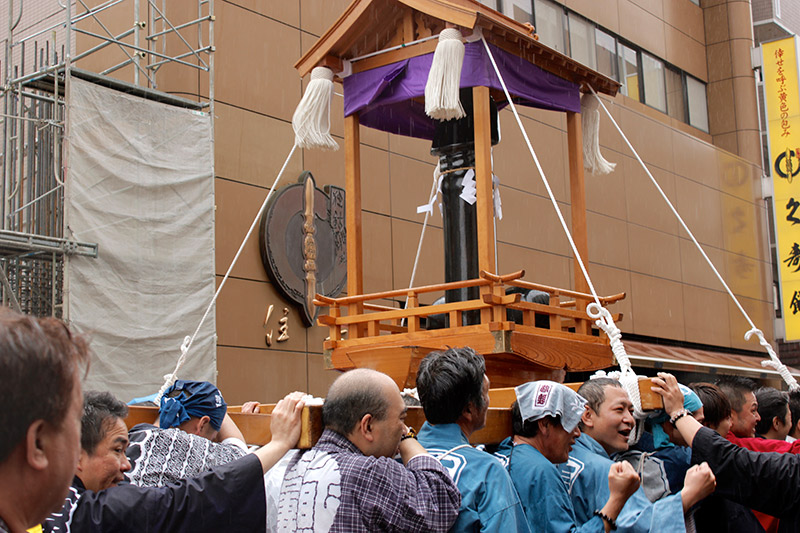
This matsuri ended up being one of the most mind-boggling and ironic things I attended during my time studying in Japan.
Most online sources present the festival as another "bizarre" thing to see in Japan. But when you look at the festival more closely, it's a lot more complicated than you might think, and simply viewing it as a "Dick Festival" isn't doing it much justice.
On one hand, the Penis Festival (known by its real name, the Kanamara Festival) has become over-commercialized comic relief for both locals and foreign visitors alike. It's an attractive money-making venture, and seems to have lost its original, historical purpose.
But on the other hand, it's hard to simply reject the festival completely when it promotes certain positive factors. While it is often marketed as a "weird" event to see and experience, this matsuri deserves a little more analysis, rather than pigeonholing it as just another "weird Japanese thing."
Kanamara Matsuri History
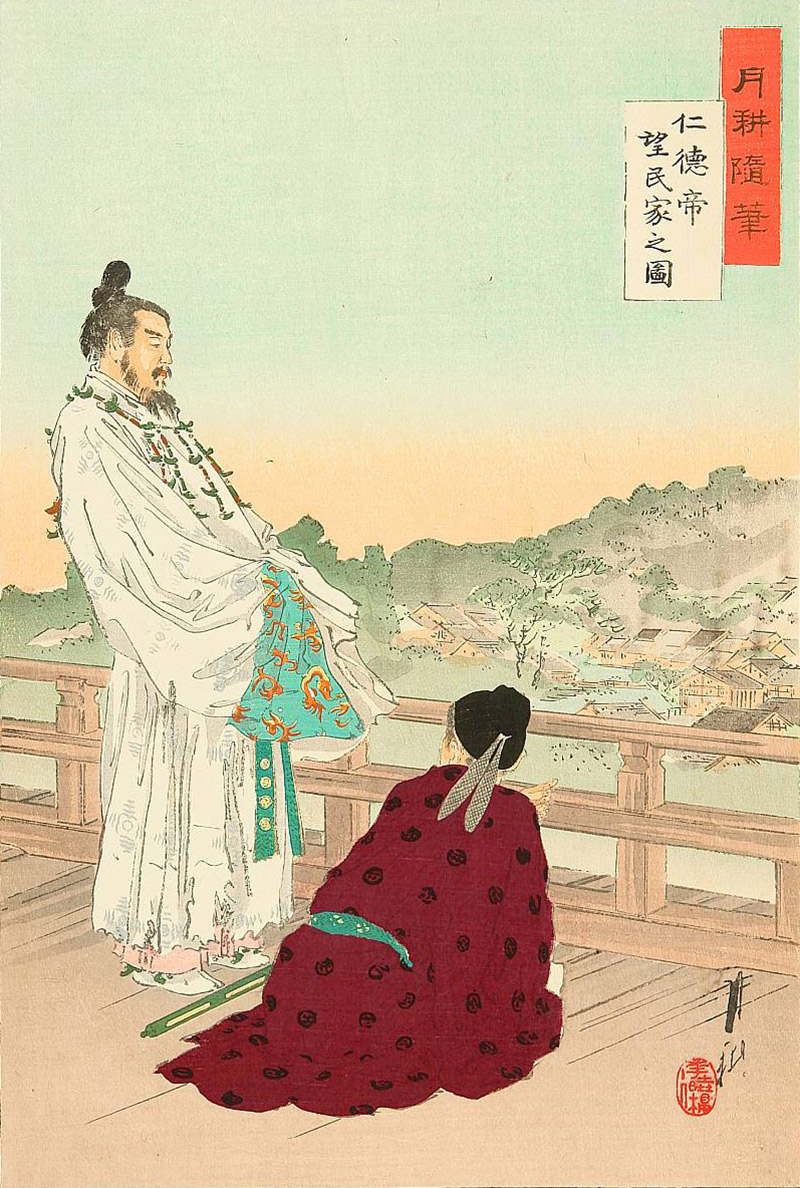
The Penis Festival, also known as the Kanamara Matsuri, takes place annually on the first Sunday of April at Kanayama Shrine.
Kanayama Shrine is a smaller place of worship located within the grounds of yet another shrine Wakamiya-Hachimangu, and is located in Kawasaki, Kanagawa Prefecture. It enshrines the legendary Emperor Nintoku (otherwise known as Oosagi-no-Mikoto).
The City of Kawasaki had some, but limited, information on the history behind the shrine and festival. Legend has it that when Shinto goddess Izanami no Mikoto gave birth to a fire god, she suffered great injuries on the lower half of her body. It's said that Kanayamahiko-no-Kami and Kanayamahime-no-Kami, two gods enshrined at the Kanayama Shrine, healed Izanami's injuries.
According to some sources, Kanayamahiko and Kanayamahime were both originally gods of mining and blacksmiths. But because of this myth involving Izanami, those seeking help with venereal diseases, fertility, safe childbirth, and matrimonial happiness began to pray to the two gods as well
Another tale involves a woman who had a demon living in her vagina who twice bit off the penises of her newlywed husbands. Finally, she went to a blacksmith who made her a steel penis upon which the demon broke its teeth, enabling her to live a normal life.
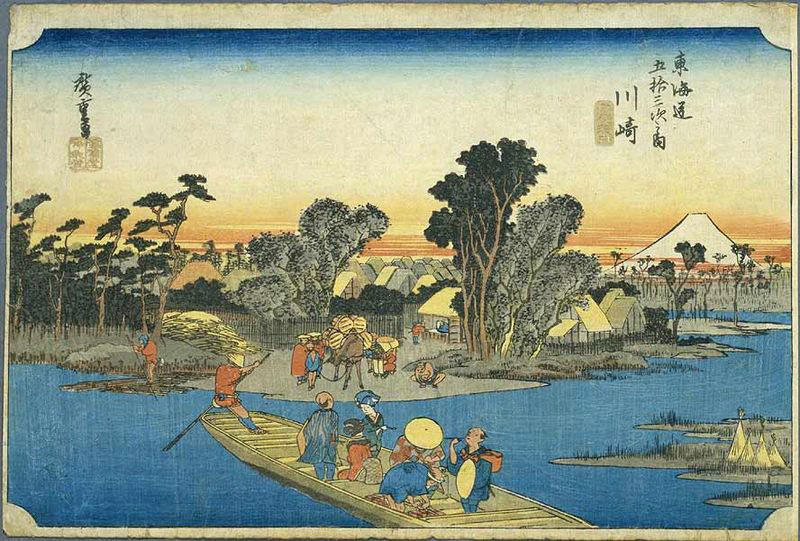
Beyond the myths, there's also a historical reason behind the prayers for protection and happiness at Kanayama. The city of Kawasaki (where the shrine is located) was a stop for those who traveled along the Tokaido Road between Edo and cities in western parts of Japan. As a "pit stop" for travelers on the Tokaido, Kawasaki had "tea houses" that not only served as a rest stop for food and drink, but also as brothels where travelers could buy time with prostitutes. These prostitutes often visited the Kanayama Shrine as a way to pray for protection against venereal diseases, and it is said that they established the celebration of health and fertility at the Kanamara Matsuri.
Though there are differences in interpretation of the festival's origins, one thing is clear: the shrine and the festival served a significant purpose for many who wished to promote good health, fertility, posterity, and happiness.
The Festival Today: Becoming a Tourists' "Must See"
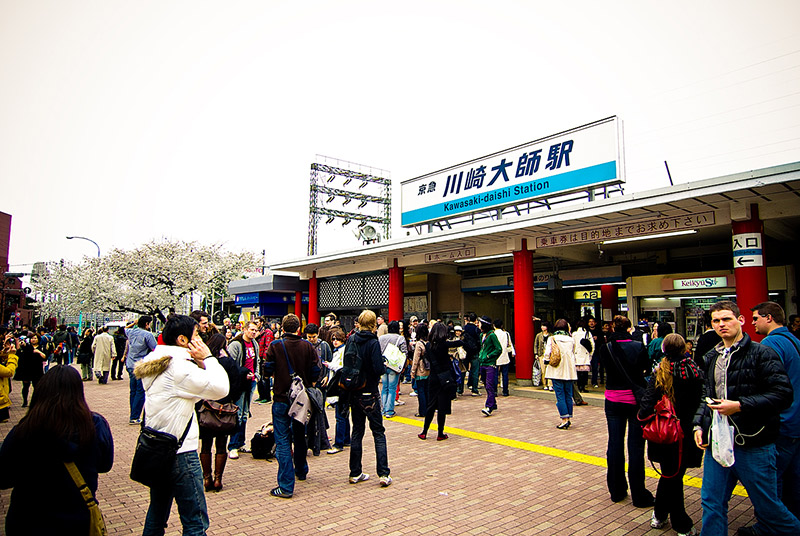
As I mentioned, I had the chance to see the Kanamara Matsuri in person. My friends and I made a trip out in gloomy weather to the city of Kawasaki. The trains to the festival were packed with locals and foreign tourists alike.
Upon getting off at the station, I followed the throng of people outside, not sure where to head exactly. I walked around and followed the crowd for some time before finding a street that had been blocked off for a procession.
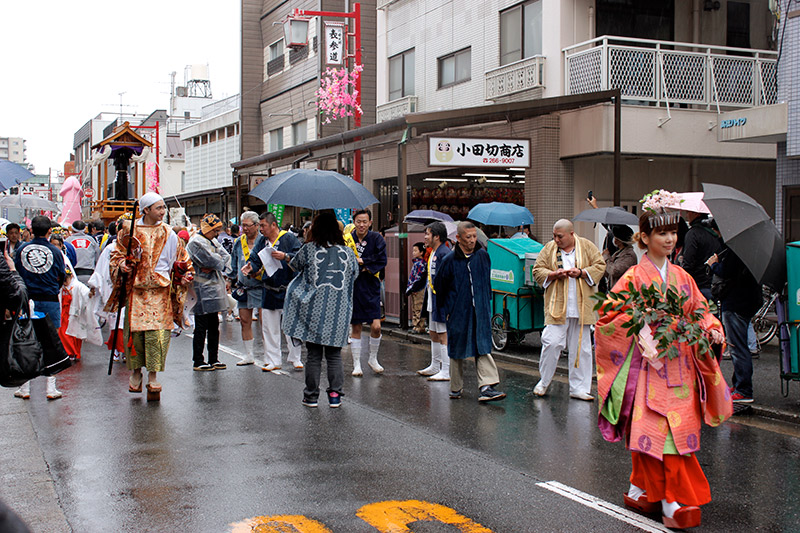
All of sudden, a black phallic mikoshi made its appearance, parading down the street in all its glory.
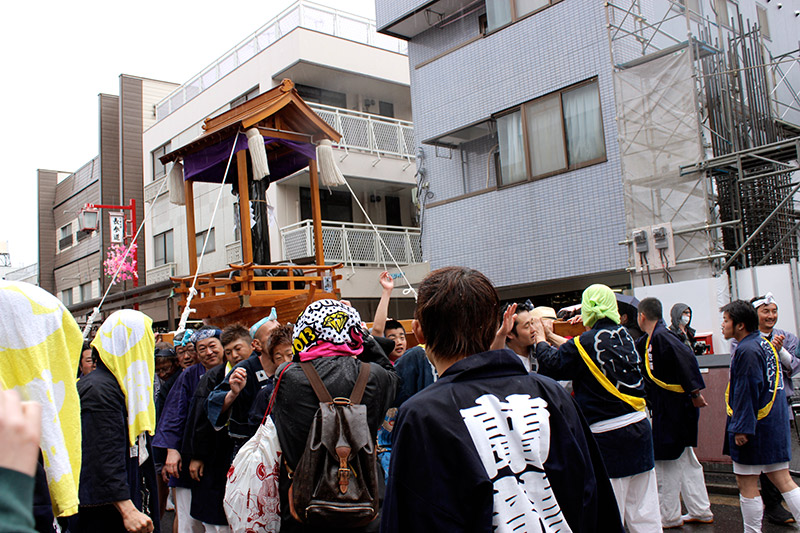
Then came the massive pink penis effigy named "Elizabeth".
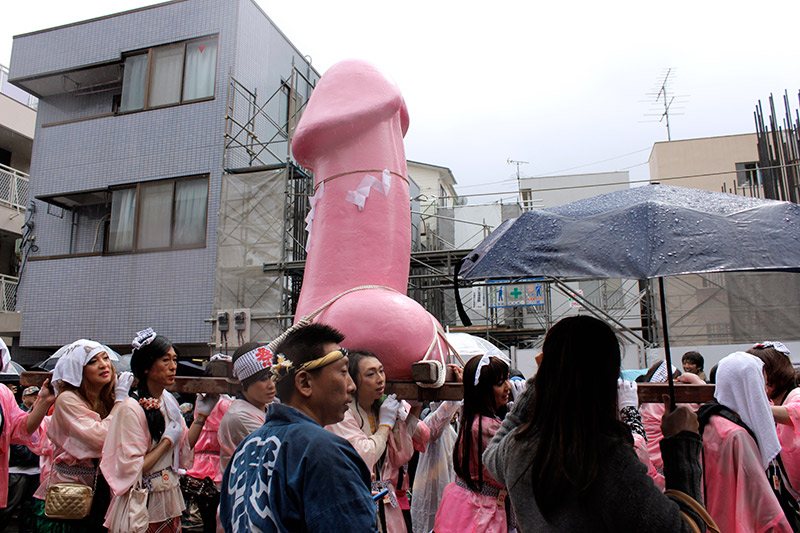
This "Elizabeth" effigy here is actually really interesting. It was donated by a drag queen club in Tokyo called "Elizabeth Kaikan" (エリザベスkaikan 会館). Those who carry the effigy are "New Half", or transgender females.
Participants were hard at work carrying Elizabeth and other penis mikoshi through the procession.
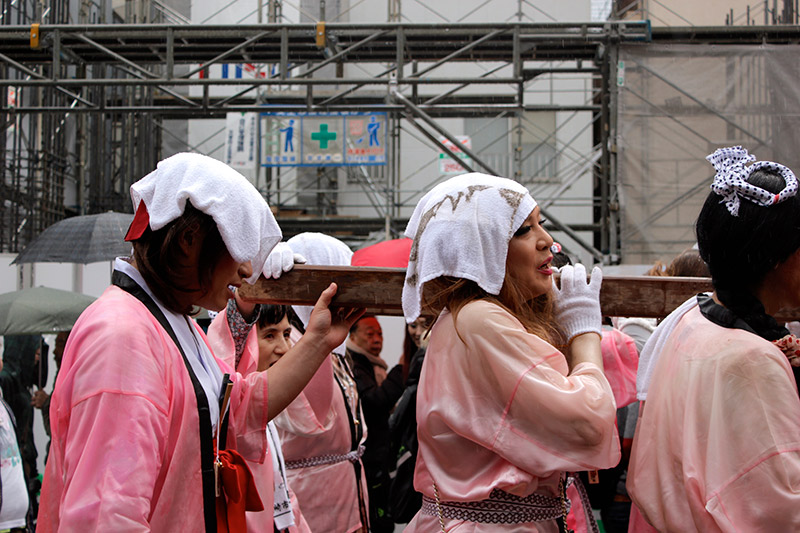
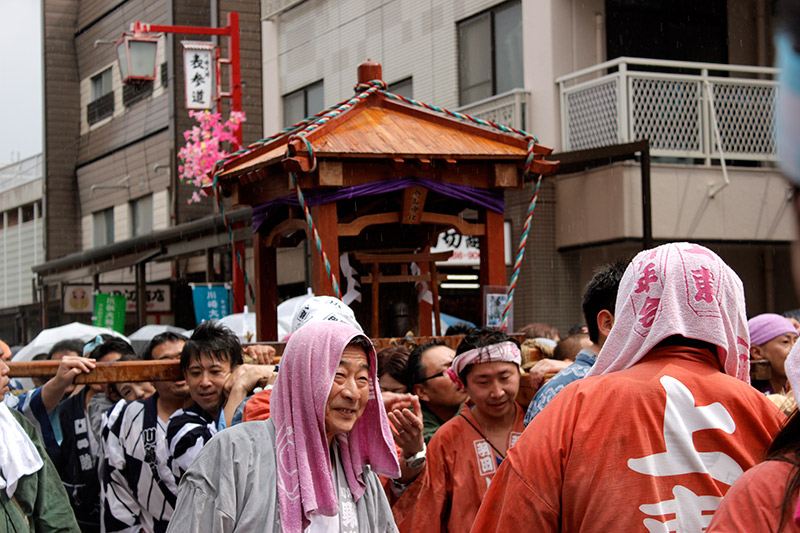
Outside the procession, vendors and stores were selling phallic-shaped candies and goods. The prices were ridiculous, but that didn't stop people from buying and licking overpriced, penis-shaped lollipops.
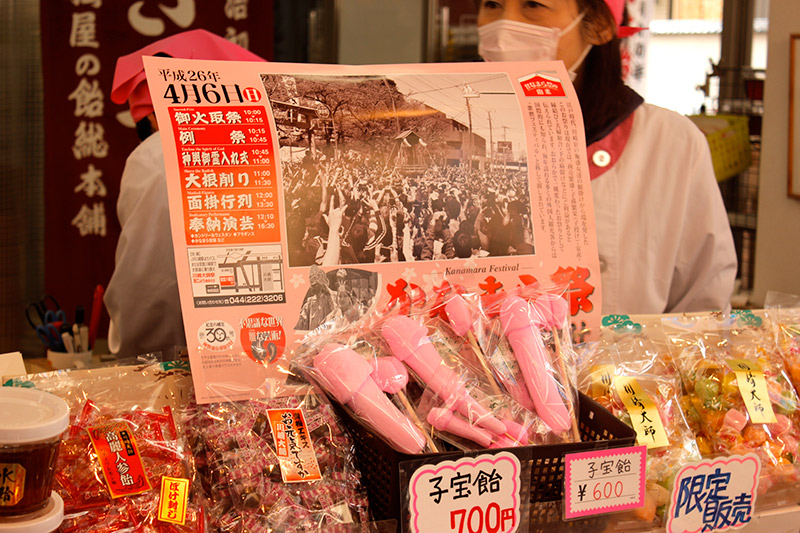
The festival takes place near Kawasaki-Daishi, formally known as Heikenji, a Buddhist temple that's quite famous as a popular hatsumode spot (first visit to a temple or shrine of the new year) during New Years. Things seemed a bit calmer here in Kawasaki-Daishi, where they also had a small festival with vendors that sold food, candy, and toys.
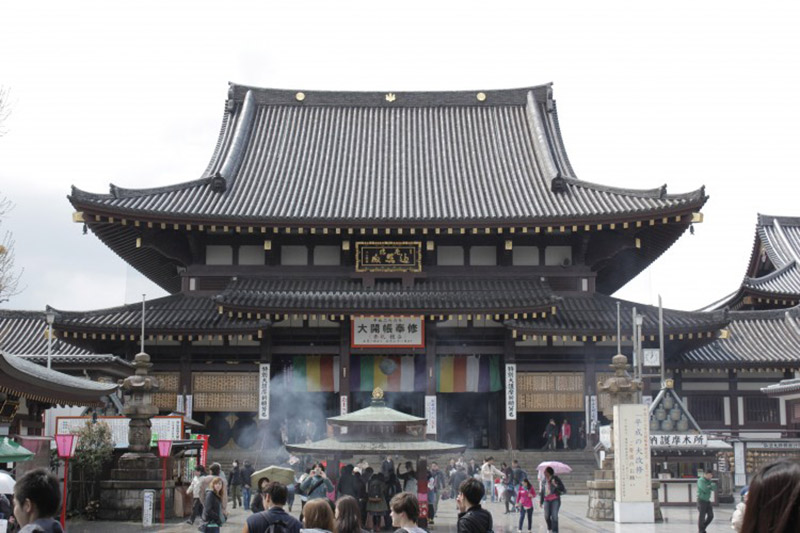
At this point, I mistakenly thought that Kawasaki-Daishi was the temple in charge of running the phallic fiesta. I was wrong. Continuing our walk through the area, we found a smaller shrine packed with people, including many drunk people.
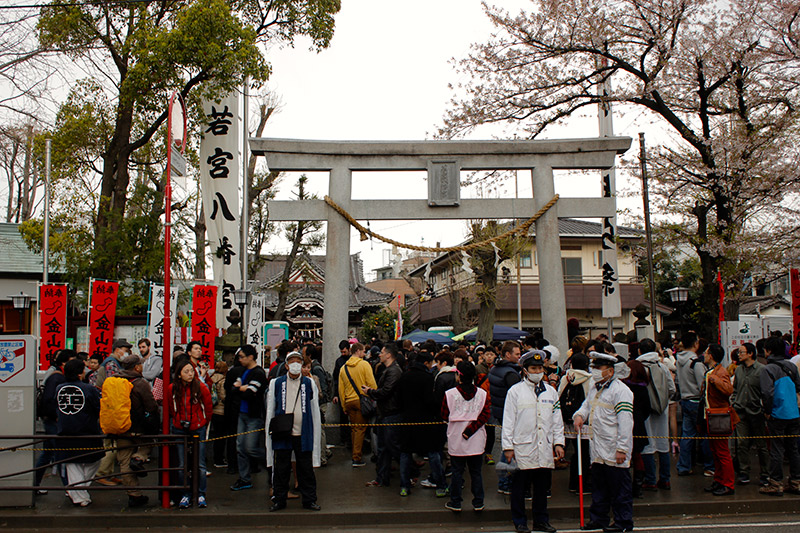
Wakamiya-Hachimangu, the shrine that encapsulates the shrine that holds the heart of penis paraders everywhere. Getting inside was a struggle with so many people packed inside.
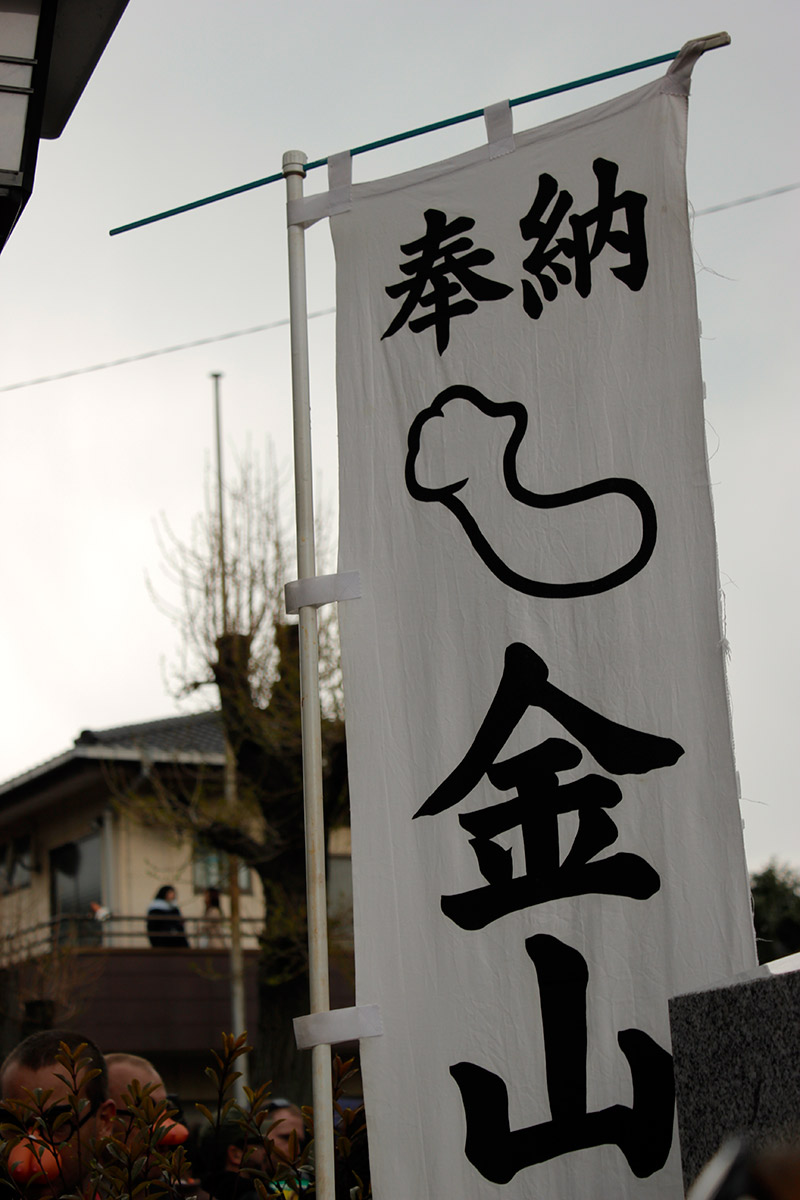
Kanayama Shrine, the real reason why this penis fest is taking place. We finally made it. Being 5'2″, I had difficulty maneuvering through the throng of people. After pushing and shoving my way to the center of the shrine, I found the black penis palanquin on display.
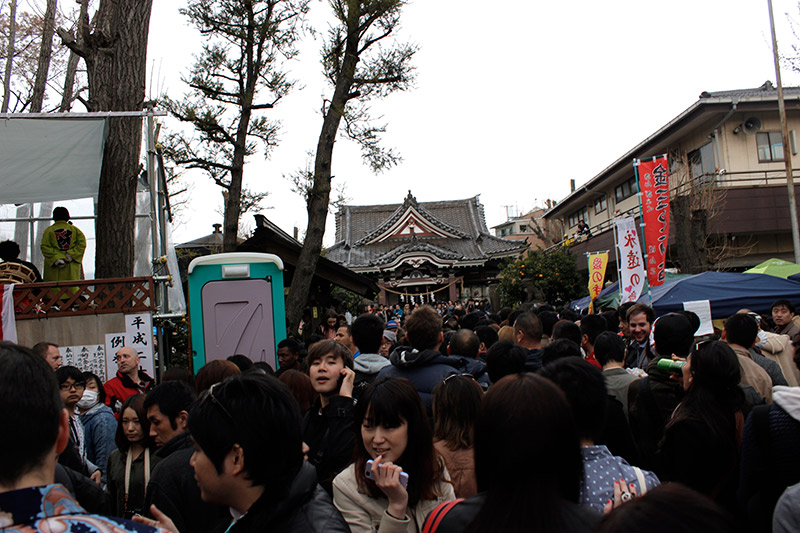
At this point I was getting sick of everything, the festival, the weather, the drunkenness…
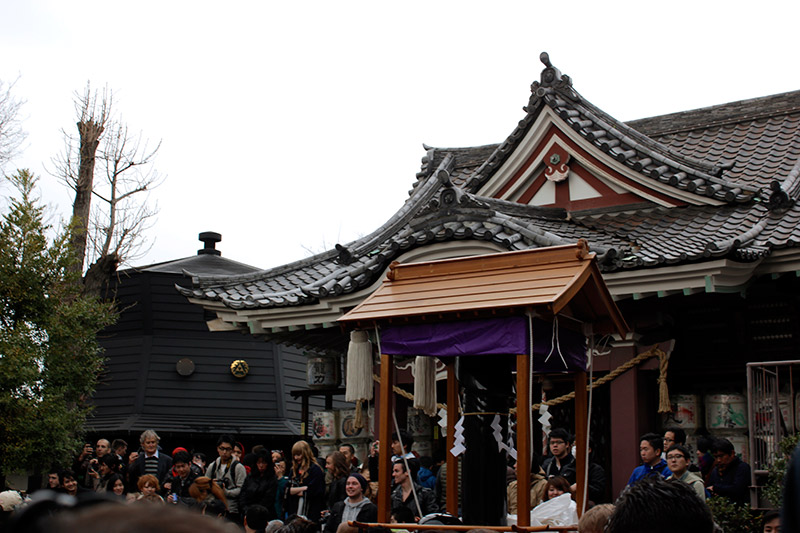
As far as I could tell, everyone, both locals and foreign tourists, were really enjoying this crazy festival.
Oh, the Irony
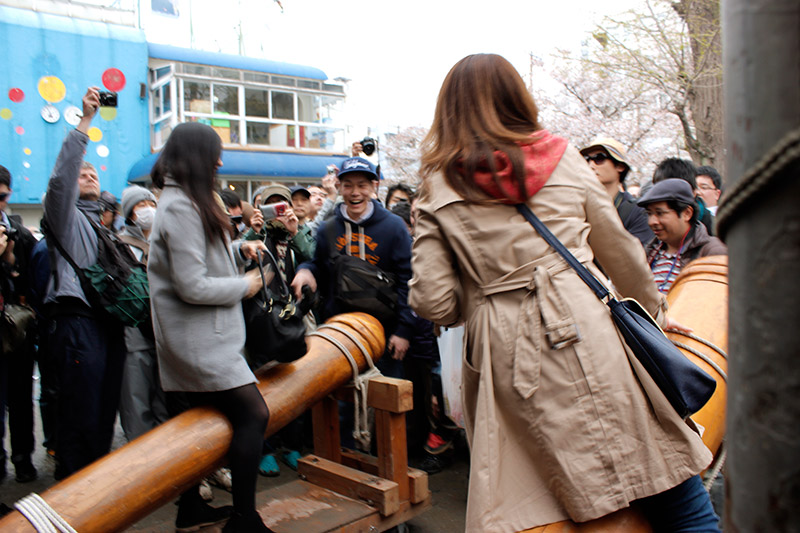
At first, I found the whole experience amusing. I felt as if I had seen something unique and interesting that I could talk about with my friends back home.
But as fatigue from maneuvering through the crowds of drunken tourists set in and I took time to reflect, I became distraught by the nature of the festival. I asked myself, "has the Kanamara Matsuri become a mere, commercialized tourist attraction? Does anyone care about its original purpose?"
The more I mulled over what I had seen, the more I became conflicted with how the festival was carried out and viewed today.
In the past, the Kanamara Matsuri served something of a divine purpose for the locals, prostitutes, and visitors that paid their respects to the gods. In doing so, they prayed for conception, safe childbirth, protection from diseases, and the general happiness and welfare of the family. It seems disrespectful to take all these admirable hopes and prayers and boil them down to "dicks".
In addition, the lost focus on fertility is doubly ironic given Japan's declining birthrate. Fertility has been a critical social issue for Japan which has not seen improvement despite efforts and calls for better child-rearing environments and policies enabling women to work while raising a family.
Overpriced phallic goods permeated the streets as visitors, many who were drunk, acted obnoxiously in public. The festival, at least on the surface, appeared to preserve very little of its former meaning.
However as I did a little more research into this festival, I found some interesting high notes. Because the pink effigy, Elizabeth, was donated by a drag queen club, the Kanamara Matsuri is quite popular with the LGBTQ community. Transgender people carry Elizabeth in the parade, which represents a rare opportunity for those in the LBGTQ community to participate proudly and openly in conservative Japan.
In addition, the shrine donates the proceeds collected during the festival to HIV/AIDS research. So amidst all the materialism lies some good, which made it harder for me to assess this festival at first glance.
End
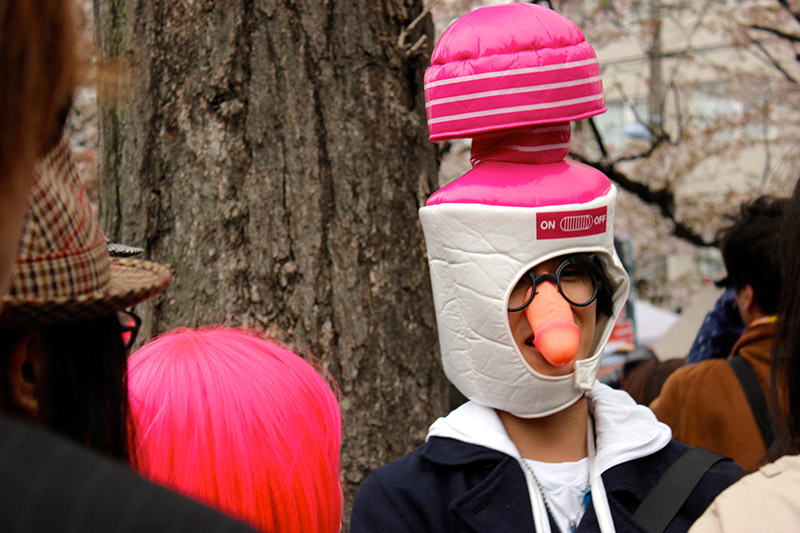
Perhaps I'm overanalyzing things. After all, it's a festival and festivals include people merrily celebrating with booze. The Kanamara Matsuri is no different than many other street parties held the world over. Also, the matsuri brings tourists into Kawasaki, which is great for any local economy in Japan, a country bogged down in recession.
But while media sources highlight this phallic fiesta as a quirky tourist attraction, this mindset easily overshadows a critical issue in Japanese society today. Rather than accepting it as another "bizarre thing that Japan does", it's worthwhile to reflect on the very human reasons Japanese people forged giant penises and hoisted them around in the first place.
For anyone planning to attend the festival, take some time to learn about the matsuri's history, take notice of its acceptance of diverse groups of people, and donate to the charities collecting there. Perhaps then, carousing in a penis costume will feel a little more fruitful.
